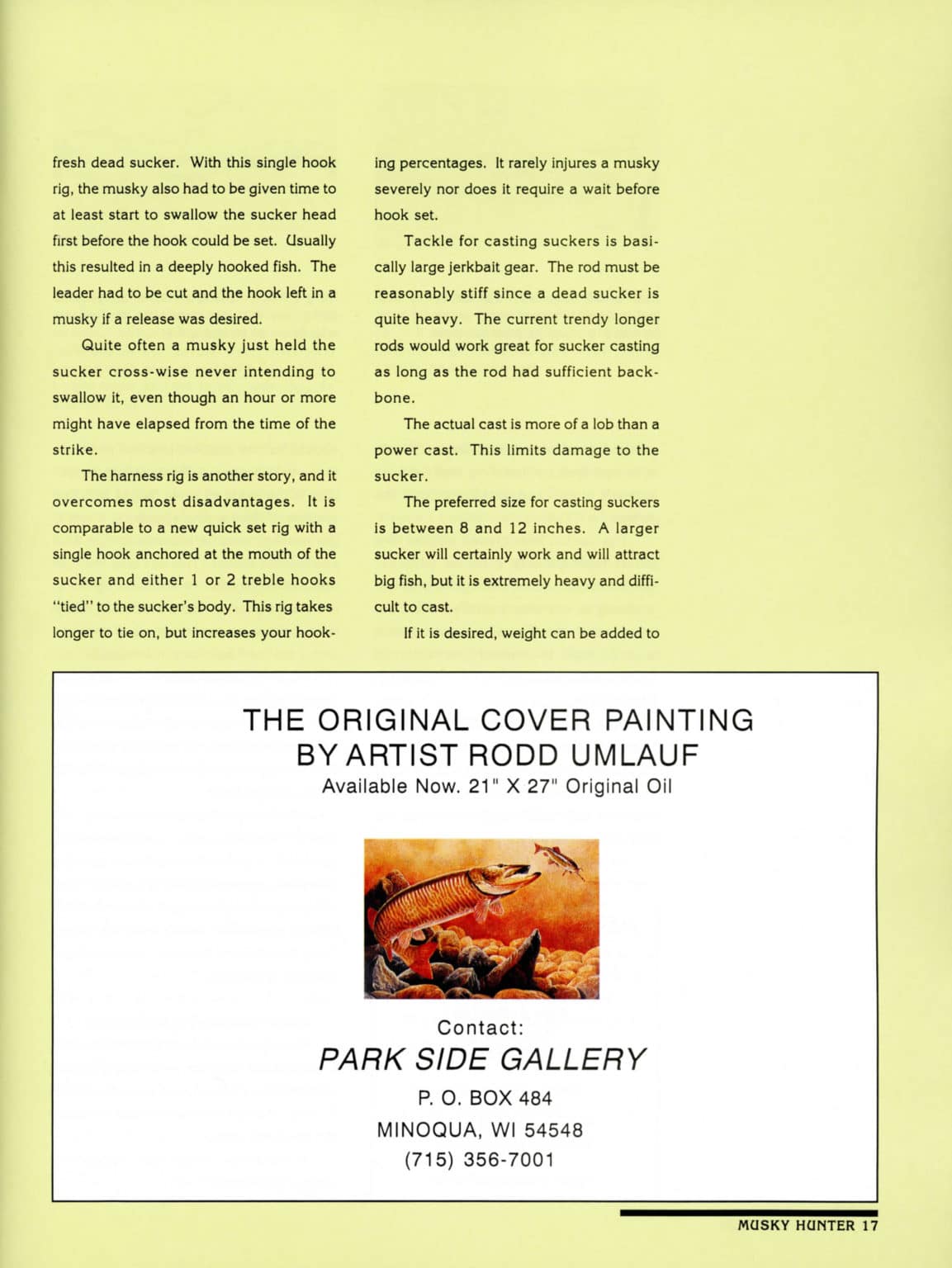
They’re just more likely to bite when conditions are right, and less likely to when conditions are less than ideal.” 3. It’s critical to remember that muskies are creatures of their environment.

A rising barometer means a front has passed through and the bite is probably ending, or will soon. They also respond to barometric pressure a moving barometer, especially one that’s falling, is always good. “Just like deer, muskies are crepuscular, so dawn and dusk are always prime time. Heiting says paying attention to the basics is important as well.
#Joe buchers moon secrets tv
The Musky Hunter TV app does a similar job but is free.” “I keep track of this using two apps on my phone: iSolunar cost $4.95 and tracks the moon and other factors and clues you in to the best times to be on the water. “In my experience, the best bites coincide with moonrise and moonset, as well as times when the moon is directly overhead or under foot,” Heiting says. Musky anglers have some things in common with deer hunters (not coincidentally, Heiting is a devoted whitetail nut), but following the moon is one of the biggest similarities. Use your electronic’s side-imaging if you have it to keep track of baitfish, and the muskies won’t be far away.” 2. In those situations, baitfish will be in shallower water, relating to rocks, weeds, islands, and points, and you have to follow. “Some Canadian and other northern lakes we fish may top out at 76 degrees, which is cool for summer.

The exception to the rule above is in lakes where summer temps don’t get very high. He can be hanging in 15 feet of water and your bait is only at 5 feet, but with one push of his tail, that musky is on your bait in a flash.” And it’s important to remember that when a musky is hungry, he’ll chase down a bait that catches his attention. So it can feel kind of strange at first to be fishing in 50 feet of water without a weedbed or similar cover nearby, but that’s where you’re going to find fish. “Muskies are going to follow those schools of fish, which are not always relating to cover or structure-as they do at other times of year-but water temperature. “One of the classic midsummer bites occurs when baitfish like whitefish, perch, crappie, and bluegills suspend at varying water depths,” Heiting says. Summer muskies are focused on feeding, and the best fisherman seek and imitate the baitfish muskies view as dinner now. So how do you make it happen? You follow Heiting’s top six tips belwo for boating midsummer muskies. But when when a 40-inch fish does smack your lure, you’ll remember it for the rest of the year. Of course, these are still muskies they won’t feed as often and enthusiastically as bluegills, crappies, or bass. In other words, you need to get out there. And to top it all off, they’re hitting baits aggressively.” And all fish, from young males to big females, are eating the most right now that they will all year.

“Water temps are warm, so fish metabolism is high.

“Midsummer is really kind of the perfect storm.” Heiting says. The former editor of Musky Hunter magazine now makes his living as a musky guide, seminar speaker, and the host of annual University of Esox events held in Wisconsin and Canada. At least, that’s what Steve Heiting believes, and he ought to know. If early summer is a numbers game, and fall is the trophy hunt, then midsummer represents the best of both musky fishing worlds.


 0 kommentar(er)
0 kommentar(er)
